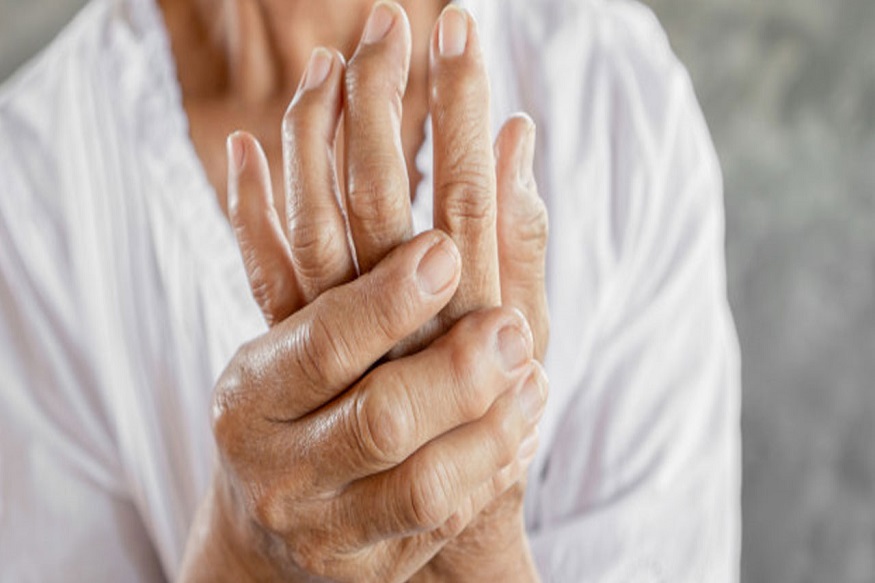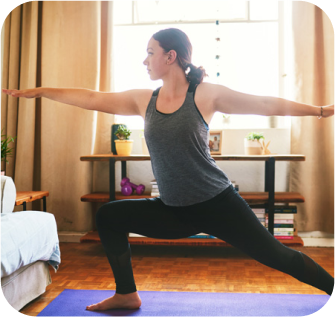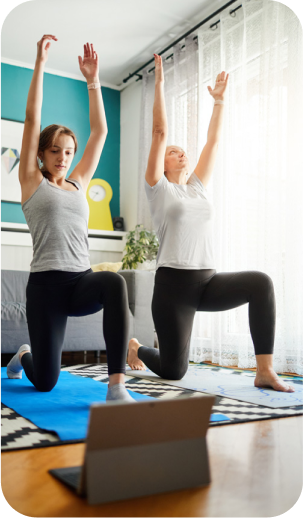When it comes to who is more susceptible to osteoarthritis, women are more prone than men. But why is this exactly? We explore the reasons.
Osteoarthritis (OA) is the single most common form of arthritis throughout the world. Sometimes OA is referred to as degenerative joint disease or “wear and tear” arthritis. Most commonly it occurs in the hands, hips, or knees of patients.
With OA, the cartilage inside a joint starts to break down and the bone underneath begins to alter. These changes usually happen very slowly and worsen gradually as time goes on. Osteoarthritis typically causes unpleasant symptoms such as swelling, stiffness and chronic pain. In some cases, it can even lead to massively reduced function or even disability, with some sufferers feeling unable to carry out basic daily tasks due to the effects of the condition.
But is osteoarthritis more common in males or females? Well, there is much evidence to suggest that the playing field when it comes to this debilitating disease is far from equal, with women suffering substantially more from osteoarthritis than men.

According to Arthritis Health, research points to females more commonly experiencing symptoms such as stiffness, aching, and joint pain, as a result of osteoarthritis. Statistics also highlight that:
- Women between the ages of 50 to 60 years could be up to 3.5 times (350%) more likely to develop hand osteoarthritis than men of the same age group
- Women have a 40% higher risk of developing osteoarthritis of the knee than men
- Women are 10% more likely to develop osteoarthritis of the hip than men
- Women also tend to report more severe osteoarthritis pain symptoms in general than men
But what causes female arthritis? And why are women more susceptible in the first place to the condition? Here are a couple of factors that experts believe might explain the osteoarthritis gender disparity:
- Weight gain
The most crucial risk factor when it comes to osteoarthritis in women is obesity. This is the same with men too; however, the rates among men are significantly lower. When women go through menopause, they are often more prone to weight gain – which can in turn cause increased stress on certain joints. This often accounts for the rise in osteoarthritis seen among women. Fat within the body is also chemically active and constantly releasing inflammation-causing proteins. These proteins can travel through the body and cause many areas to inflame, including joints.
- Hormonal effects
The increased chance of osteoarthritis in women has also been attributed partly to the role of hormones within the female body. While the exact connection between the condition and hormones such as progesterone and estrogen is still unclear, research has shown that hormone replacement therapy (HRT) has a preventative effect against OA. This strongly suggests an initial link to begin with between estrogen and osteoarthritis. Furthermore, the 1997 Chingford Study in London found that out of over 1000 women surveyed, those who had opted for HRT did not experience chronic symptoms of osteoarthritis of the knee (as seen on x-rays) and also found OA effects in the hands to be much less severe too. It’s important to note that research on the link between female hormones and osteoarthritis is still a developing picture, which will hopefully become much clearer in the near future.
- Sports
In some cases, girls who participate in sports at high school or college level over a prolonged amount of time, may find themselves at increased risk of tears to the anterior cruciate ligament (ACL) in the knee. This specific ailment means the patient will face an increased risk of osteoarthritis over time, even if the injury is surgically repaired quickly. Any instability in the knee in particular generally results in gradual wear and tear, which could ultimately result in the development of osteoarthritis at a later age.

- The female anatomy
Another potential explanation for women developing osteoarthritis at a higher rate could be down to basic biology. It’s a general anatomical fact that women’s hips are wider than men’s. This means that the angle created by the hip bones being wider than the knees, applies more pressure on the outside of the knees themselves. This “knock-kneed” position, even if only slight, can result in osteoarthritis developing over time for many women.
Women are also at higher risk of patellofemoral syndrome – a condition where the kneecap (patella) fails to glide smoothly over the joint, and instead begins to run against the lower part of the thigh bone (femur). This movement may be worsened by hyperextended knees, particularly found in women who regularly wear high heels. The recurrent rubbing of the kneecap on the thigh bone causes wear and tear, developing into osteoarthritis over time.
How can women prevent and manage their risk of osteoarthritis?
No matter what age, all women can and should take precautions when it comes to reducing their risk of developing osteoarthritis. It’s also equally important that the condition is properly treated through an arthritis self-management program. Some must-do tips include:
- Working towards and maintaining a healthy weight
If you struggle with your weight, consult your doctor for advice on how to better manage your eating habits and diet, particularly if you’re already a diabetes sufferer.
- Incorporating exercise into your daily routine
Health guidelines state that we should all be aiming to participate in 60 minutes (or more, if possible) of exercise each day. This could be as simple as walking to the local park or going for a gentle swim at the pool. Whatever you do, it’s important to keep your joints active and moving each day.

- Staying strong and flexible to reduce your risk of injury
Doing your stretches can make a huge difference, even if just for 20 or 30 minutes each day. Whether it’s just some basic arm and leg extensions or trying your hand at an online yoga class – regular stretching can really help to reduce your stiffness over time.
- Regularly seeing your doctor to determine the best course of action
If you’re experiencing painful stiffness or any other symptoms of osteoarthritis, it’s important that you go to your doctor as soon as you can, so they can determine exactly what’s going on. If left undiagnosed and untreated, osteoarthritis becomes more severe and painful over time. Simple x-rays of the affected joints are the main way osteoarthritis is identified, so the process is not invasive and shouldn’t be feared.
To summarize
Health experts throughout the globe are still investigating the exact reasons why women are more likely to get osteoarthritis. In the meantime, both men and women can take many steps to decrease their joint pain and feel healthier. This can be done through walking, receiving physical therapy, or gentle land and pool exercises. The important thing for women suffering with osteoarthritis is to continue to maintain and build muscle, with minimal joint strain – while also looking into alternative treatments, alongside the guidance of your doctor.





